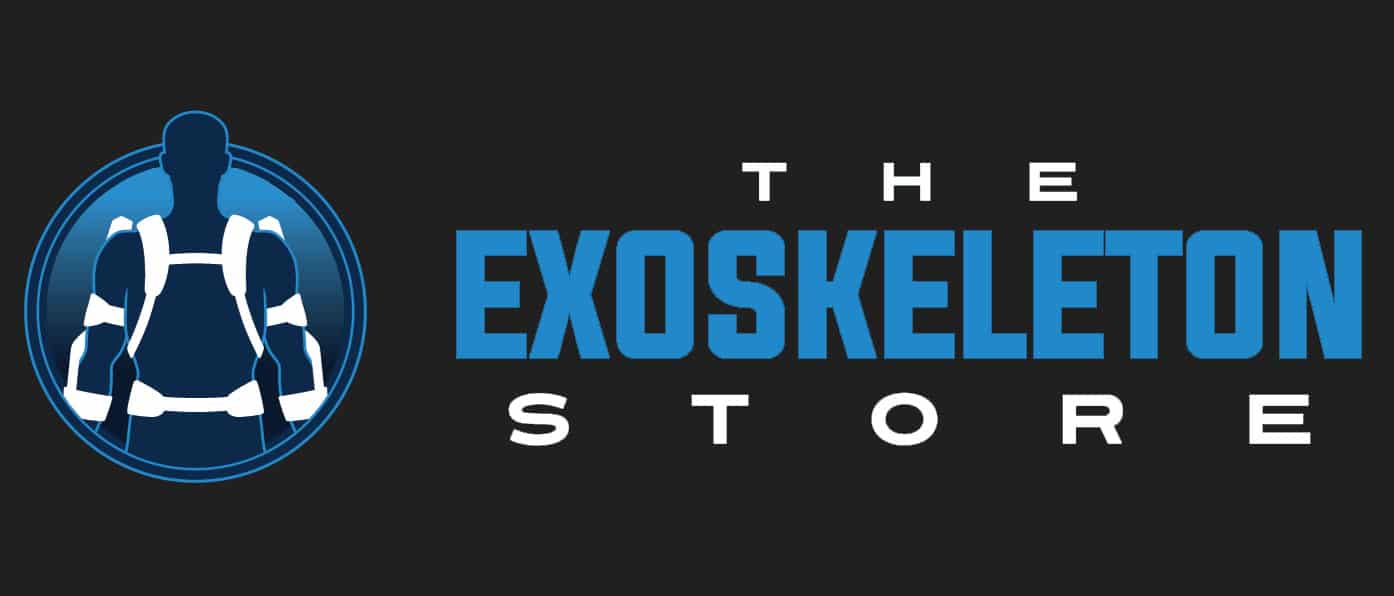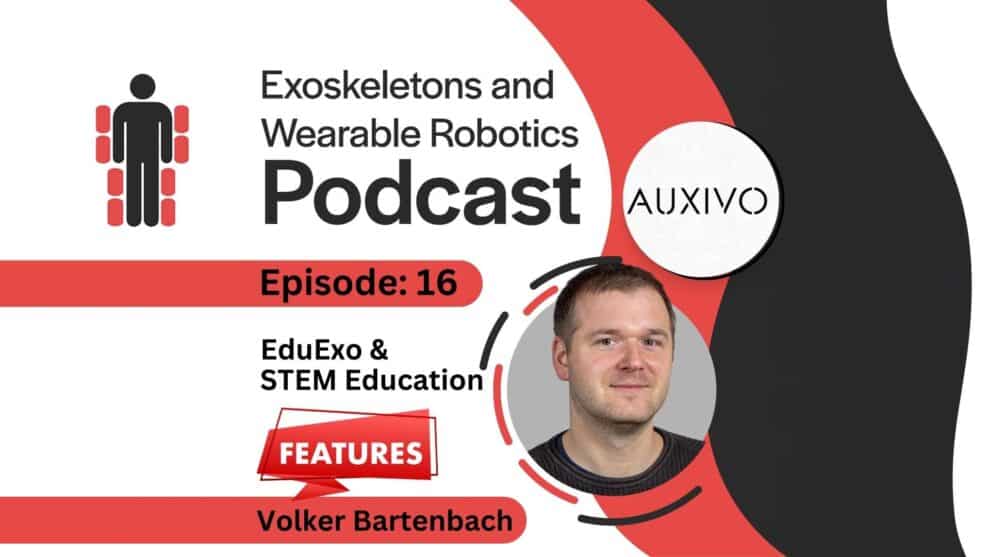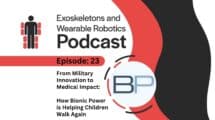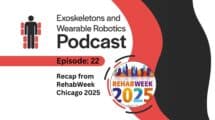How many students have access to exoskeleton labs or projects, and what are some alternatives? Welcome to Episode 16 of the Exoskeletons and Wearable Robotics Podcast. This time, we discuss EduExo and EduExo Pro (made by Auxivo) with the founder and CEO of Auxivo himself. The EduExo is a commercial product designed to make learning about wearables and wearable robotics easier and more accessible to students and enthusiasts.
Now Available on YouTube and all major streaming platforms:
Topics:
00:00 Introduction and Initial Motivation 10:10 EduExo comes with a mini-textbook on wearable robotics 15:21 Wins and Use Cases with the EduExo and EduExo Pro 30:46 Could STEM kits be used to jump-start exoskeleton student teams? 37:06 Passive vs. Active elements in the EduExo Pro 45:31 Closing remark and a call to action: start building exoskeletons!
For more, please visit: Auxivo: https://www.auxivo.com
Special thanks to our Patreon supporters for helping make this episode a reality!
Summary Transcript (AI Generated):
- The discussion opens with acknowledgments of new Patreon supporters and corporate sponsors, as well as thanking the current ones. The episode’s central theme is creating a commercial exoskeleton kit that serves as a hands-on STEM education platform rather than an occupational aid.
- The idea traces back to 2013-2014, when preparations for the first Cybathlon motivated universities—ETH Zürich included—to build gait exoskeletons as student projects. More than 100 students applied for just ten places on ETH’s two-year build team, highlighting both enthusiasm and limited opportunities for direct hardware experience.
- Recognizing this gap, Dr. Volker Bartenbach decided to design an educational exoskeleton kit that students could assemble themselves. Early prototypes were shown publicly at WearRAcon 2017, winning both the judges’ and audience awards, and a subsequent Kickstarter campaign financed the first production run.
- After incorporation, the kit evolved into three tiers:
- Maker Edition – a free, download-and-3D-print package for hobbyists and budget-constrained classrooms.
- Light Edition – a boxed set aimed at high school and introductory college courses.
- EduExo Pro – a higher-torque, sensor-rich version for advanced university courses and research labs.
- Each kit is delivered as a collection of parts; students 3-D print structural elements, solder electronics, program an Arduino controller, and incrementally implement basic to advanced control features. This step-by-step build process is paired with a workbook that starts with human anatomy and biomechanics and progresses through mechanical design, electronics, software, EMG-based control, and even Unity-based game development. The Pro workbook is nearly 200 pages.
- Classroom anecdotes include hobbyists sharing colorful builds online, college courses that adopt the Light kit to save fabrication time, and research groups that modify the Pro hardware for rapid prototyping or specialized experiments. Some labs have repurposed components to create entirely new assistive devices, demonstrating the platform’s modular value.
- A chapter on gaming prompted projects linking the exoskeleton to virtual or augmented reality. One student team integrated two Pro-level arms with Unreal Engine to build an “exoskeleton arcade,” where real-world arm motions drive an avatar and force feedback enhances immersion, starting with a 3-D beer-pong game and expanding into a jungle exploration shooter.
- The EduExo Pro deliberately combines an active shoulder joint with a passive, spring-loaded elbow. This allows learners to compare powered assistance with purely mechanical torque and conduct EMG experiments to quantify how each mode reduces muscle activity during overhead or lifting tasks.
- The kit is also pitched as a fast starting point for student competition teams (e.g., ExoGames, Cybathlon categories). While heavy customization is needed for leg or hybrid designs, teams can cannibalize or extend the arm kit’s sensors, motors, and controllers, treating it like a “LEGO set” for wearable robotics.
- The episode concludes with a broader mission: keeping knowledge alive after research grants end by commercializing an affordable, upgradable kit; onboarding new interns and employees by having them build one; and normalizing exoskeleton technology for the next generation of engineers, clinicians, and entrepreneurs.
View the EduExo and other research & education exoskeletons in our catalog.











Add Comment